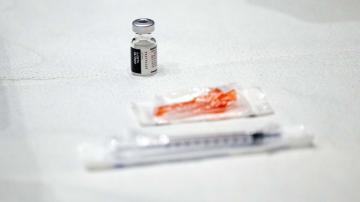*Warning: Graphic Content Below*
If you have hypochondriac tendencies, you should stop reading right now. If you’re still reading, think back to the last time you had a bad headache. You know the kind of pain that settles right behind your eyes and spreads throughout your whole head. Now add in a strange, itchy feeling inside of your skull. Also, for good measure, go ahead and throw in trouble breathing. For one woman in India, no amount of Advil could cure her problem: a live cockroach burrowing into her skull.
Selvi, the 42-year-old female from Chennai, India knew there was something wrong the moment she woke up. Her head throbbed like never before. Additionally, the problem spot felt itchy and seemed to move. A visit to Stanley Medical College led to a series of tests. As one of the emergency room physicians performed an endoscopy, everything looked normal. Then he saw the legs of an insect. Not knowing the type of insect inside, the physician alerted the head of the hospital’s Ear, Nose, and Throat department.

Having previously removed flies, ants, and worms from human skulls, M.N. Shankar, the department head, knew the procedure. Using forceps and a small suction machine, he grappled with the insect for 45 minutes. Video footage of the incident captured the final few seconds before the cockroach’s removal. It was over an inch long and, shockingly, still alive. Immediately after its removal, the patient’s breathing cleared and her pain began to subside.

Although doctors do not know how the cockroach entered Selvi’s body, they estimate it had been inside of her for around 12 hours. Once inside, the insect burrowed to the top of the woman’s nasal cavity. This left it right beneath the skull base, which separates the brain and the nose. Dr. Shankar cautioned that the woman came close to death. If the cockroach died near the skull base, infection would follow and potentially prove fatal. While the 42-year-old patient survived her close encounter, Shankar warned that there is no way to ensure this same situation doesn’t happen to someone else.





























































